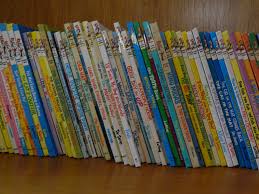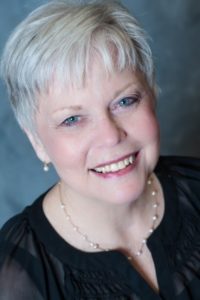Last month we shared Part 1 about the categories assigned to children’s books.
We’ll now share more details about each category. Remember—these are not hard and fast rules. Publishers change these categories to meet the needs of their readers. But they ARE good guidelines for writers.
First Books – Board Books – Concept Books
- Come in all shapes, sizes, and colors.
- Often use specialty materials/productions that children can feel, smell, touch, hear, etc.
- Made to be durable.
- Often assigned by publishers to one of their own authors/illustrators.
- Present concepts connected to the young child’s world.
- Must give the young child an emotional connection to the book.
- Must evoke feelings in the young child, nurture a young child’s curiosity, engender pride, engage minds and emotions.
- Deal with universal themes: loss, fear, love, anger, loneliness, joy, curiosity, anxiety, etc.
- Use literary devices, rhyme, meter, wordplays, imaginary words.
- Invite the young child to participate in the story. Ask questions. Elevate children’s common experiences into something magical.
Picture Books ages 3 – 6 and 4 – 8
- Most are 24 or 36 pages (including beginning & ending pages). Sometimes they are 48 pages and written for older readers.
- Deal with universal themes: loss, fear, love, anger, loneliness, joy, curiosity, anxiety, etc.
- Use imagination to elevate children’s common experiences into something magical.
- Tell a simple story (no sub-plots) that presents an MC with a problem. He/She finds their own solution to that problem.
- 800 words or less.
- Emphasizes nouns and verbs.
- PBs are collaborations between author and artist. Words tell less than half of the story. Illustrations tell the rest.
- NOTE: Rhyming PBs are difficult to write and to sell. The rhyme and rhythm must be perfect. Use of other literary devices is required. The STORY must take precedence over the poetry. Both story and poetry must be outstanding for the book to be publishable.
Easy Readers ages 5 – 9
- Usually 1000 – 1500 words. 32 – 64 pages in print.
- Some have chapters which are actually individual stand-alone stories about the same characters, some don’t.
- They are written on one of three separate reading levels with its own controlled vocabulary.
- Format (size of the book, size of the type, amount of white space, etc.) is controlled to assist emerging readers.
Chapter Books ages 7 – 10
- Most are 1500 – 10,000 words. 40 – 80 pages in print.
- Usually divided into 8 – 10 chapters which add to one main story.
- Plots can be a little more complex with simple subplots.
- Use lots of dialogue.
- Vocabulary is challenging for target readers but still controlled.
- Some chapters end with cliff-hangers.
Middle-Grade Novels ages 9 – 12/13
- Most are 10,000 -16,000 words. 64 – 150 pages in print.
- Use a wide vocabulary and subplots.
- Often silly or funny even if they deal with serious themes.
- They emphasize characters over action.
- Most chapters end with cliff-hangers.
Young Adult Novels ages 12 and up:
- This genre is subdivided into Young YAs and Older YAs by subject matter, themes and use of graphic or explicit language.
- Older YAs deal with almost any subject that adult novels deal with, and use just about any language and depict any scenes that adult novels use, but often to a lesser degree.
- In Young YAs authors and publishers are more careful to avoid mature subjects, language and references to sex, drugs, alcohol and violence.
- NOTE: Christian publishers of YAs have different standards for what they will and will not publish in their books. Follow their guidelines exactly if you want them to consider your manuscripts. Read several of the YAs they have published recently before submitting your manuscript.
Suggested reading – The Writer’s Guide to Crafting Stories for Children by Nancy Lamb.
—————————————————————————————————————————————————————————–
As a pre-teen, Jean Hall dreamed of being an architect or an interior decorator. As a high school student, she dreamed of being anything BUT a teacher. As a college student, she dreamed of being a vocalist. As an “over-fifty” woman she dreamed of writing stories for children. But, as life unfolded it seemed that none of those dreams would come true.
But,
Jean spent twenty-six years teaching children and teens–and loving it!.Then twenty more years teaching women’s Bible studies. She never designed a house, but she lived in, and decorated on a shoestring, more than a dozen houses. She never performed before thousands, nor recorded any music. But she sang hundreds of times leading people in praise to the LORD. Now, she is working hard and trusting God to lead her down the road to traditional publication.
Sometimes our dreams come true in ways we couldn’t imagine.
It is Jean’s daily prayer that The Christ within her shines through the cracks and broken places of her dreams and that Christ shines through the things she writes to uplift, encourage and inspire others.








 We love helping your growing in your writing career.
We love helping your growing in your writing career.

2 Comments
Thank you for these clear explanations. I have shared them on Twitter and Google+.
I write biblical historic novels, but I may delve into children’s books one day. Jean had an informative, helpful article.